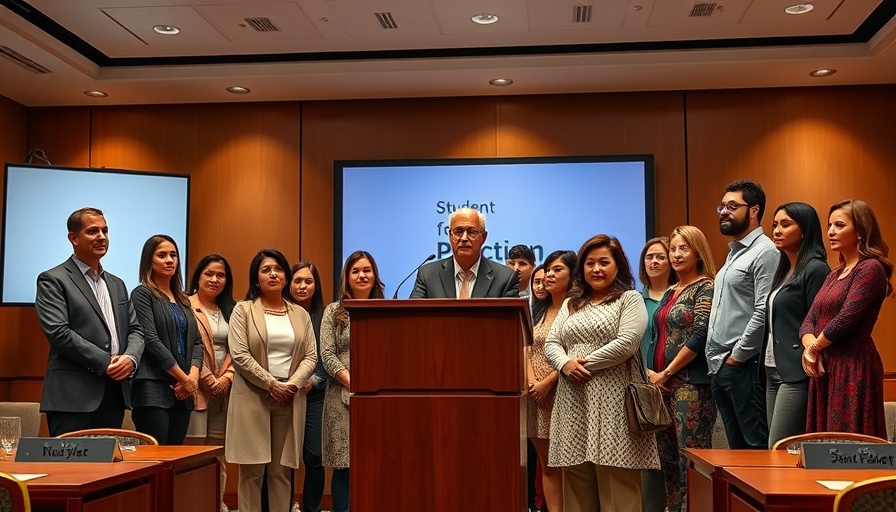
A Life Saved: The Story of Michelle Alvarado
One year ago, Michelle Alvarado faced a harrowing moment when she went into sudden cardiac arrest, her chance of survival almost non-existent. Thanks to a groundbreaking program in North County San Diego, her story took a miraculous turn. Alvarado’s life was saved through a rare medical procedure, exemplifying the critical impact of the San Diego Resuscitation Consortium (SDRC).
The Pilot Program: Innovations in Cardiac Care
Established in 2022, the SDRC aims to transform cardiac arrest response through advanced training for paramedics. Instead of being taken to the nearest hospital, eligible patients like Alvarado are transported to specialized facilities equipped for swift intervention. This approach is made possible through programs like the Extracorporeal Cardiopulmonary Resuscitation (ECPR), implemented in just a few cities around the globe.
Courage in Emergency: The Role of First Responders
On that fateful day, paramedic Nick Black made the crucial decision to direct Alvarado to Sharp Memorial Hospital, bypassing closer facilities to ensure she received comprehensive ECPR treatment. For 86 minutes, a dedicated team performed CPR, maintaining her blood circulation until ECMO could be initiated. This extraordinary effort is emblematic of the life-saving goals of the SDRC, where trained personnel stand ready to act.
A New Standard for Cardiac Arrest Survival
Dr. Saul Levine, an emergency physician involved with the program, noted that typically, patients experiencing cardiac arrest for over 80 minutes face dire survival odds. However, Alvarado's recovery underscores the program's added value: it can effectively bring potentials for life back from the brink of death. With applications at participating hospitals like Scripps La Jolla and Sharp Grossmont, the ECPR approach represents a paradigm shift in managing cardiac emergencies.
The Community Impact of the ECPR Program
The implications of these advancements extend beyond individual cases. The SDRC methodology is setting a new benchmark not just for North County San Diego but as a model for regions worldwide. They prioritize proactive, specialized protocols that foster rapid, effective treatment, demonstrating how collaborative efforts can achieve remarkable outcomes in emergency health care.
Conclusions and Moving Forward
Michelle Alvarado’s story is more than an inspiring narrative; it’s a testament to the promising future shaped by innovation in emergency medicine. The effectiveness of ECPR amplifies the crucial role every responder plays during a medical crisis. Residents of North County San Diego can take comfort in knowing that programs like the SDRC are evolving to save lives and set a new standard for cardiac care.
 Add Row
Add Row  Add
Add 




 Add Row
Add Row  Add
Add 

Write A Comment